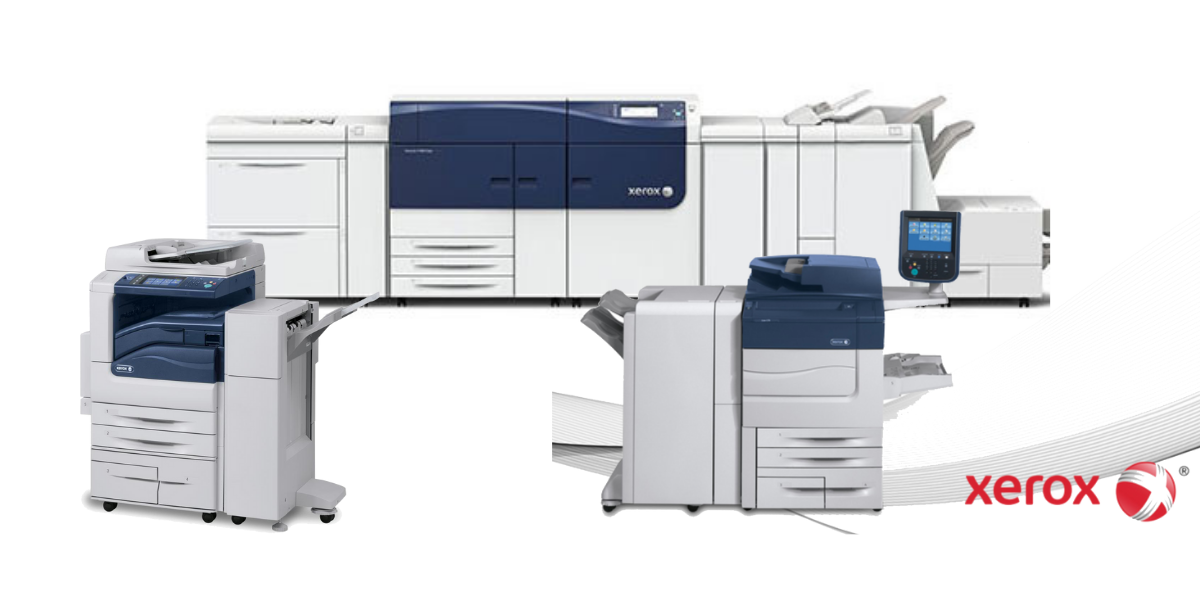Office Equipment
Today companies invest into copiers, computers, networking equipment, hardware and software as well as services of respective specialists. It is possible to distinguish large enough group of goods, the life cycle of which starts from the moment of sale. They include: manufacturing equipment, consumer electronics, office equipment, etc. The distinctive features of these goods are the necessity of regular service, scheduled repairing, parts and units replacement, consumed materials availability, etc. The office equipment is an illustrative example of service problems. The office equipment service is a set of means directed to the maintenance of the smooth functioning of the clients’ equipment.
 It includes:
It includes:
1 Warranty and post-warranty equipment service.
2 Customer consultative support.
3 Organization, maintenance and modernization of computer networks.
4 Equipment delivery and modernization, etc.
The success of business in the after-sales service area is defined by high quality level of consumers. The key criterion is the service time. We consider the process of office equipment after-sales service in 2 steps.
They are:
1) processing of an application;
2) the performance of service works. The application processing is reflected in the communication between an operator and a client. If the client’s problem can be solved, it will be solved by engineer on the stage of the performance of service works.
While several research studies have approximated the energy conserving capacity of workplace equipment power management, there is no current research regarding the energy saving possibility of shortening the power administration delay time. In this paper, we approximated the energy conserving capacity of the full saturation of power monitoring, and likewise the extra energy saving capacity of shortening the power administration delay time for PCs, displays, copiers, and printer in Japanese workplaces. To acquire essential data, we performed the studies and also area measurements of use in company hours and also the turn-off price at night. We discovered that workplace tools power management can conserve as long as 3.5 TWh each year, which is virtually equal to 2% of commercial power usage in Japan. We likewise found that the power use office equipment in Japanese workplaces without use of power administration is also lower than that in United States workplaces with optimum use of power administration. This is mainly because the mobile computer system is far more prominent in Japan, as well as additionally because the manual-off price during the night is more than two times that in the United States.

